Are you searching for Plants That Repel Flies, then this is the article for you; in this, you will get 13 Plants that will be helping you to Repel Flies?
If you are one of those who loves to eat and do a party in the garden, then the Flies are the most irritating for you because they can come up with the food you took out and spread diseases.
There are so many plants that will be touted as repelling for the worst biting and the buzzing insects, so we have the healthy plants for getting rid of this in this article.
There are only two insects that fly in the house: mosquitoes and flies, and they will disturb us, and if it is not already bad, it can also transmit diseases.
Whenever we notice them around sour hoses, our first reaction is usually to catch a repellent to keep them away, but did you know that plants help keep flies away? Then also, they can keep away other pests such as aphids, cochineals, and many more.
You must get the plant and grow it in a garden where you want to get rid of flies. The plants which we suggest look good and will make your garden more beautiful than before. So, let us start: –
List of Plants That Repel Flies
1.Basil
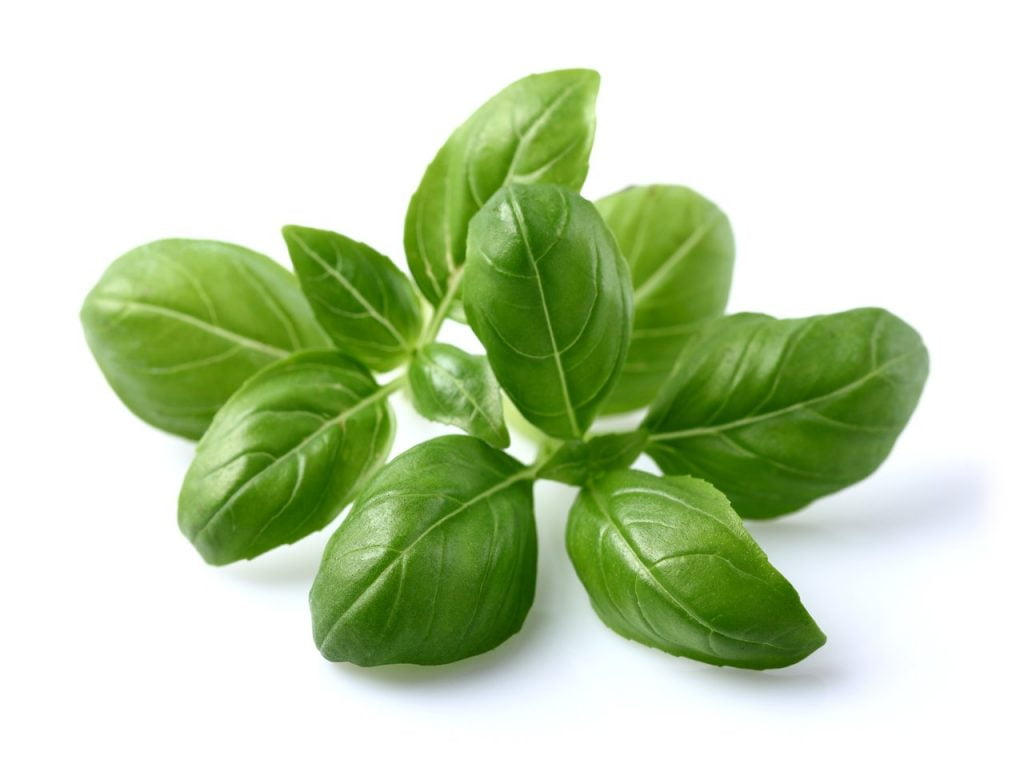
It is also called ‘SWEET BASIL,’ and the scientific name is ‘OCIMUM BASILICUM.’ It belongs to the shrubs family, which grows up to 20 inches high. Basil is excellent at expelling mosquitoes and files, and since it does best in direct sunlight, it should be kept near doors or windows.
Basil leaves are oval-shaped with smooth structure; the leaves are grown opposite each other; the leaves are generally 4 inches long.
These are the plants in which they are generally grown in warm climates or a humid climate or humid area. Basil plant is generally used to make Pesto sauce, tomato salad, etc.
2. Laurus Nobilis

LAURUS NOBILIS one the best plant to use for repealing the fly, and it is an evergreen plant that belongs to the Lauraceae family. The leaves of these plants are oval with a leathery texture. It is the oldest cultivated tree.
The average height of these plants Laurus Nobilis is around 25 to 55 feet, and It protects nearby plants from the wrong plant’s pests and unfriendly pests. The leaves are used to make green dye. It is mostly used in the kitchen as kitchen herbs, kitchen seasoning, or kitchen ingredients.
It is mostly used for cooking distinctive flavor, but we must remove the leaves before serving as these leaves are only used for the flavor purpose. It is also used to make soups
3. Mint
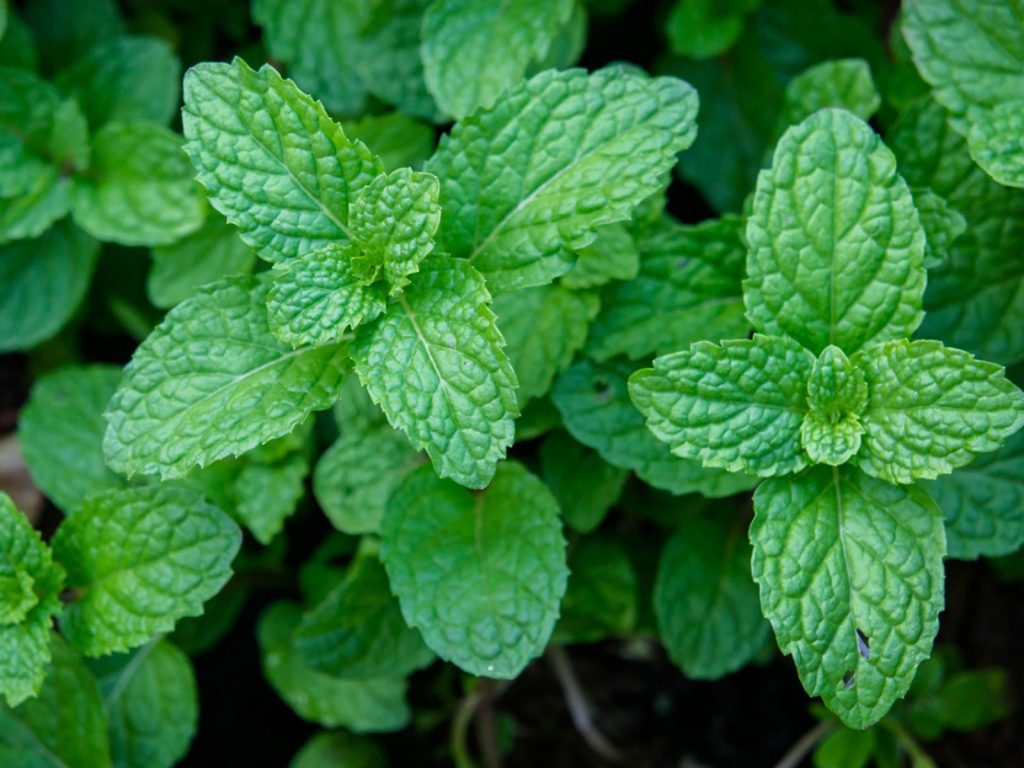
Mint is made up of menthe, which helps to affect different insects. It belongs to the herb’s family. It has several varieties like peppermint, spearmint, citrus mint, sweet mint, chocolate mints, and many more.
The leaves are grown opposite each other, and these plants have a violet flower that attracts the plant. Spearmint grows up to 3 feet. Mints are mostly used for cooking, and to increase the taste of the food, it acts as coriander in food and increases the rate of digestion. It is used as medicine for some reason.
4. Wormwood

To grow and be beneficial in your garden, worm leaves contain a resinous particle that can be used as a natural insecticide. When freshly picked and rubbed on your arms or clothes, it will help keep flies away.
It can be dried and tied indoors, cupboards, etc. It is also known as absinthe and is used for medical purposes and used as a flavoring plant, and it is illegal in many countries because of its adverse effects. It is the oldest plant since it is a 3000-year-old plant.
5. Citronella Grass
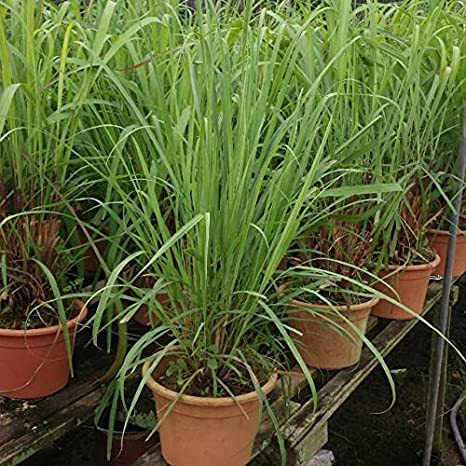
This is a type of grass and is mostly found in the United States and the tropical region of Asia; and it is suitable for the cold climate, and the scientific name is Cymbopogon Nardus. It belongs to the Poaceae family.
The plant has an average height of 5 to 6 feet, and these plant leaves are flan, and the length of leaves is about 3 feet and about 1-inch wide.
6. Eucalyptus
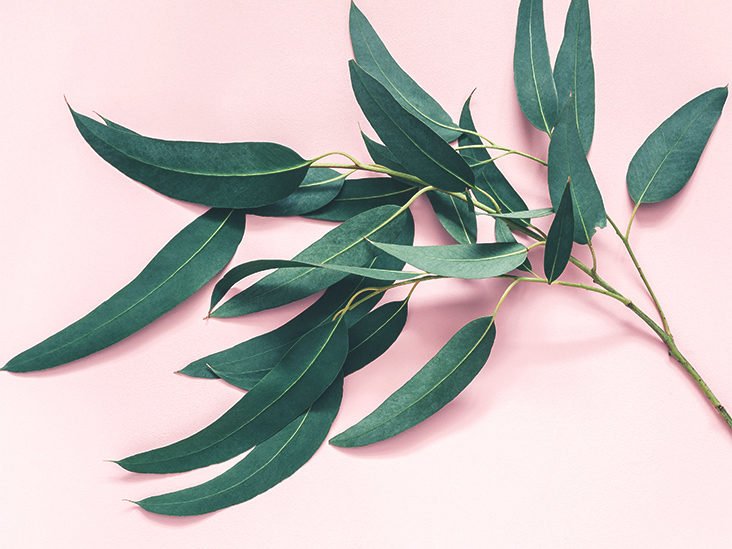
It is a beneficial plant as these plant leaves have eucalyptus oil. There are so many varieties of these kinds of trees, and the average height of their tree is about 130 feet. It has sickle-shaped leaves with oil in it. And the oil glands look like a dot-like structure.
7. Catnip
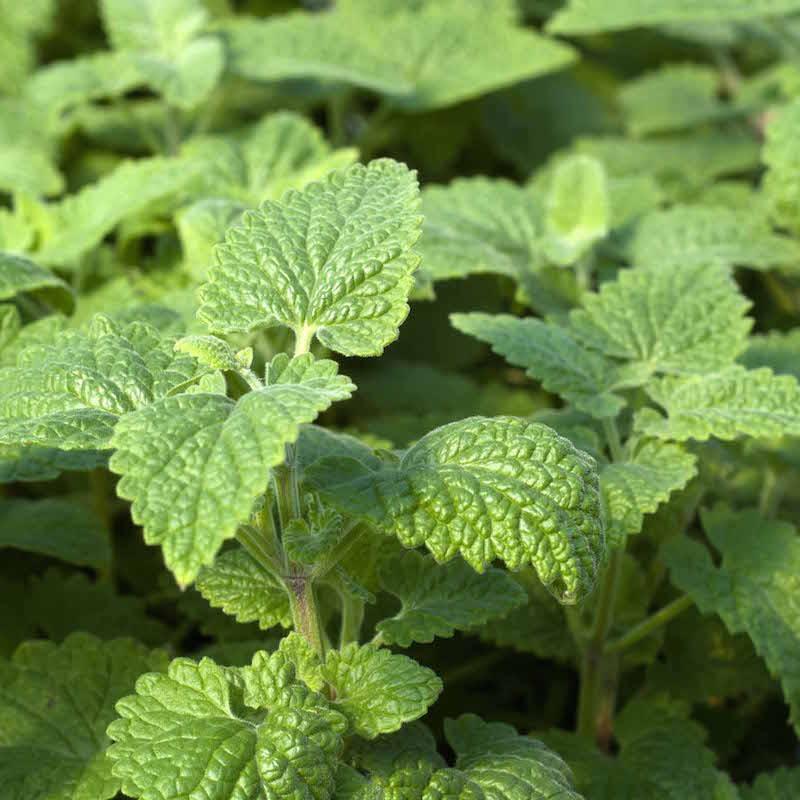
This is the best plant that keeps away the insect from the plants. The leaves are like the leaves of a mint plant, and the leaves generally grow opposite each other, and the average height of the leaves is about 1 inch. It grows well in a shiny area and well-drained soil.
8. Rue
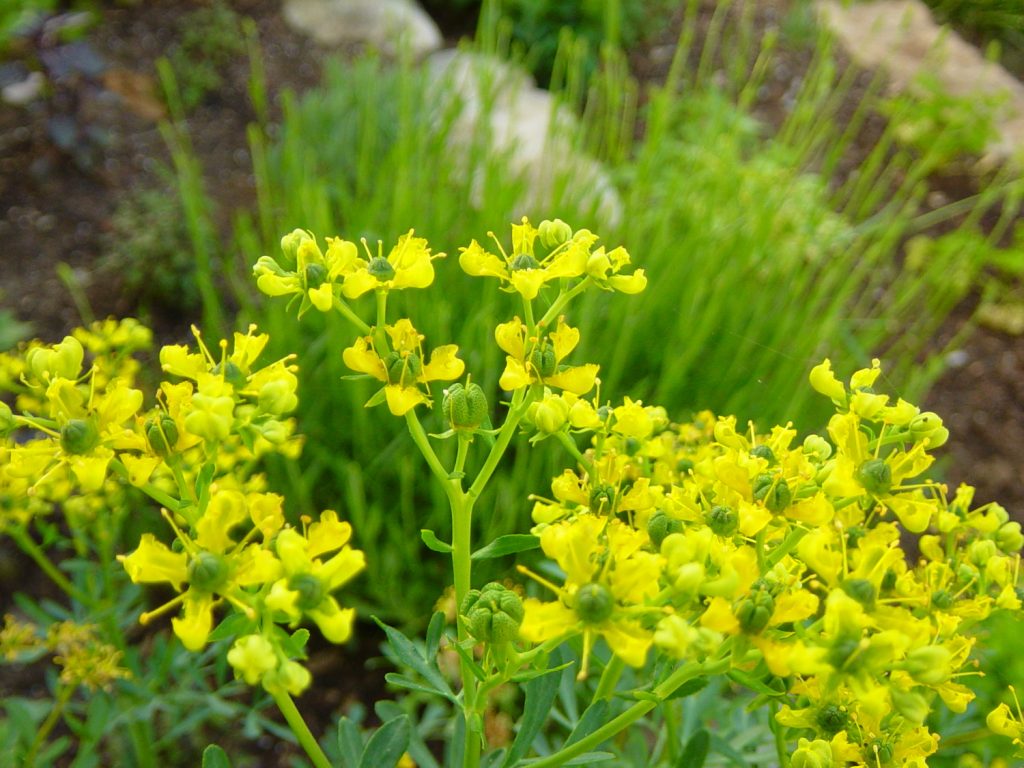
It is a type of herbs plant with a yellow-green flower that makes these plants different from others; it is also called Ruta graveolens. This plant has thousands of varieties, i.e., it is the most critical and valuable plant, and It is used at the home by which you can protect the space and attract positivity.
9. Nasturtium Easily Repels Flies
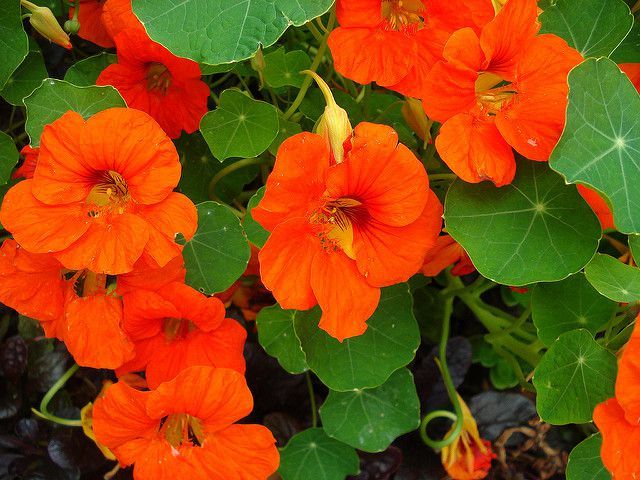
The flowers of Nasturtium taste the same as the pepper, and they are ten times the vitamins of lettuce. Many gardeners take this up because of the Nasturtium between cucumbers and squash since they are still a delightful garnish for food, and they also keep pests away from different plants from the backyard.
Growing this plant is so much easier, and this helps to get rids from so many repels like the aphids, beetles, loopers, whiteflies, and squash bugs. You must ensure that you are providing the water and sun to make a protective zone for you.
10. Lantana Camara

It belongs to the shrubs group. The stem and branches are quite angular, curved, arranged along the edges, and the leaves are oval or simple and grow opposite to each other. Because of the beautiful flower, it is also called a flowering plant.
It is also used for herbal medicine. Because of attracting flower butterflies is mostly found in this region, the average height of these lantana Camara plants is about2 to 3 meters.
11. Lemon Grass
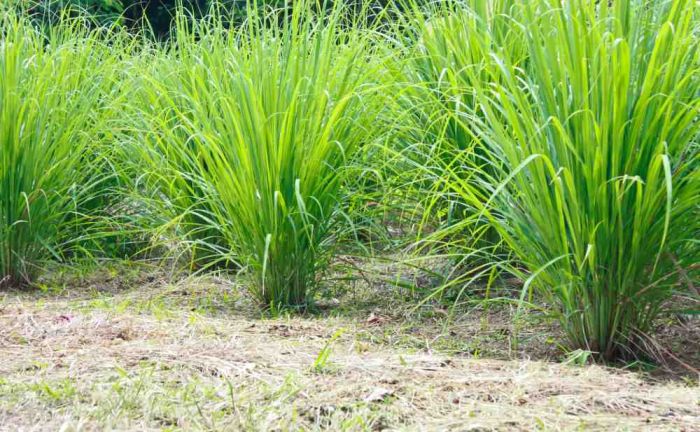
The scientific name of lemongrass is Cymbopogon citrates. It has about 45 species, and it is found in the tropical and subtropical areas of Asia. The largest producer of this plant in India globally and this plant is mostly grown in the summer season and rich soil.
These plants have several layers that ensure the layer of the core. The lower stack of the lemongrass is mostly used for cooking food in Asian countries. Its citrus flavor is used for various purposes like making soups, seafood dishes, and many more. The oil which is extracted from lemongrass is also used for various purposes for household things.
12. Lemon Thyme
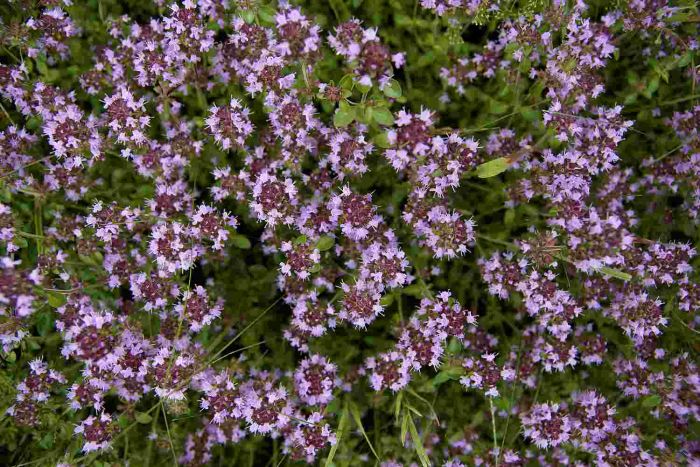
This is mostly grown in the summer season, and the flower of these plants has a pink color, which attracts the insect many more. The best thing is that it is suitable for dry and wet climates; both these plants must be harvested and used for cooking.
It is also medicine and works as a natural antiseptic and preservative. It was also can be used in cuisine to preserve meats and liven up first perfumes. It has more than 350 species worldwide. It has tiny leaves that will ensure that the plant is shrubs.
13. Rosemary

It is a kind of shrub, and the leaves are evergreen, and it is mostly grown in rainy or moist areas. This plant is dark green on the upper side, and on the lower side, it is dense, covered with short white woolly hairs, and the average height of these plants Rosemary is about 5 feet.
The flowers of these plants are of various colors like blue, purple, pink, white, violet, etc., depending on the variety of the plant. They are fragrant and attract bees, butterflies, and some birds, and these plants flower in spring and summer. The wood of Rosemary is used to roast meat and chicken
Conclusion
So, this is the full article on 13 Plants That Repel Flies hope you liked the article. The plants mentioned in the article are so useful for you that it will help you repel the flies and provide you the best plants to show off.
You can choose from this list according to your requirements. If you have any queries about this article, then share it with us in the comment section. We are always there to help our visitors.
If you want us to add something to this article, then tell us in the comment section to add to the article, and the reader will benefit from that.





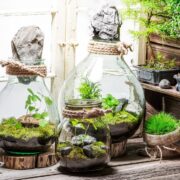
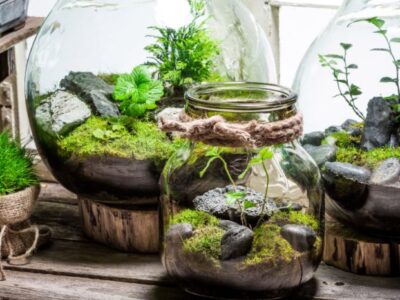

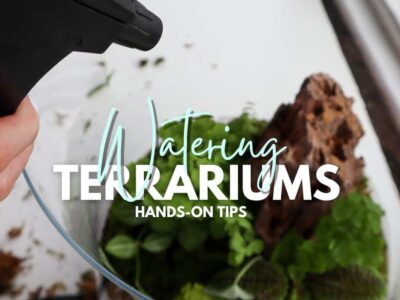
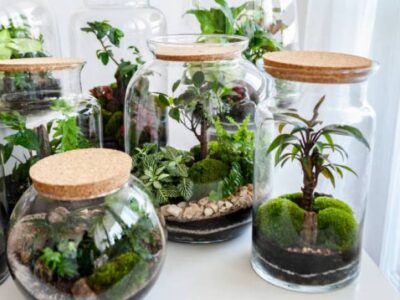
Comments